Guru Rinpoche teaching Lady Yeshe Tsogyal: on Taking Refuge “an end to birth and death”
To celebrate Guru Rinpoche Day — this month on November 3 — it is traditional to Take Refuge, and chant Guru Rinpoche’s mantra: Om Ah Hum Vajra Guru Padma Siddhi Hum. [See embedded video of the mantra beautifully chanted...
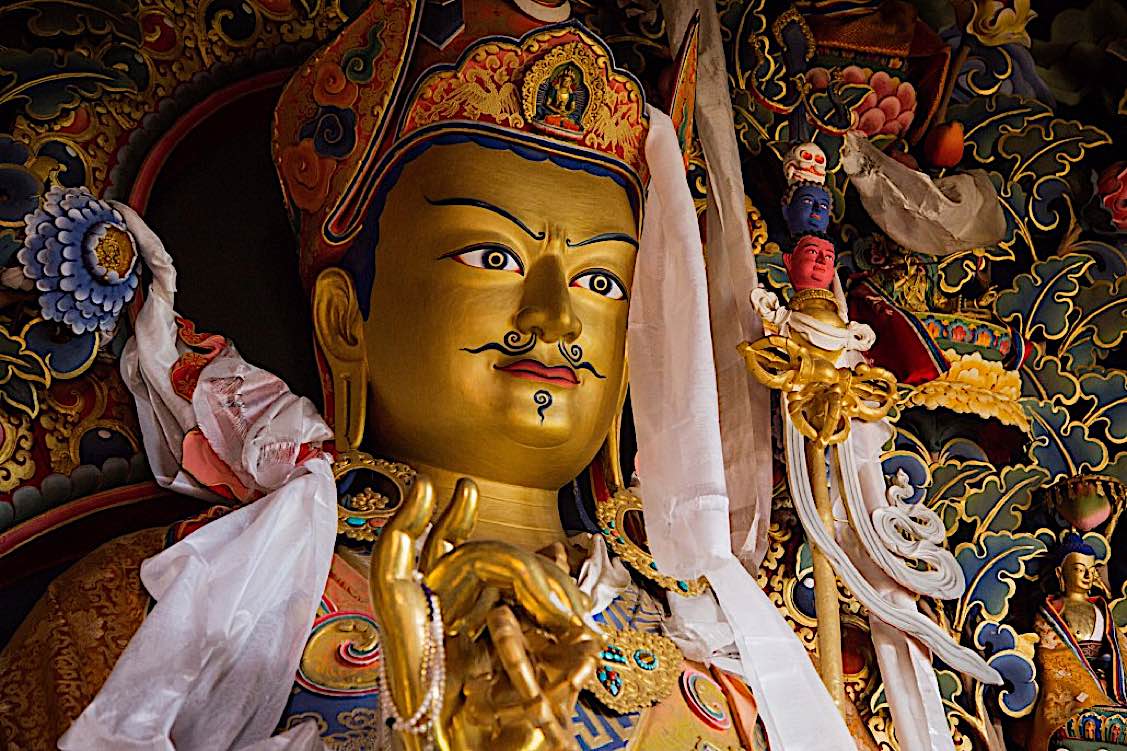
To celebrate Guru Rinpoche Day — this month on November 3 — it is traditional to Take Refuge, and chant Guru Rinpoche’s mantra: Om Ah Hum Vajra Guru Padma Siddhi Hum. [See embedded video of the mantra beautifully chanted below.]
For a special section on Guru Rinpoche with many features and articles and videos, see>>Guru Rinpoche taught extensively on Taking Refuge and its fundamental importance. Any practices undertaken always begin with Taking Refuge.
 The great Guru Padmasambhava.
The great Guru Padmasambhava.
In the amazing book, Dakini Teachings, A Collection of Padmasambhava’s Advice to Lady Yeshe Tsogyal (found here on Amazon, affiliate link>>), an entire chapter is dedicated to Taking Refuge.
The Master taught:
“Taking refuge is the basis for all Dharma practice. The Three Jewels are the support for all Dharma practice. The means that brings an end to birth and death is to take refuge along with its subsidiary aspects.” [1]
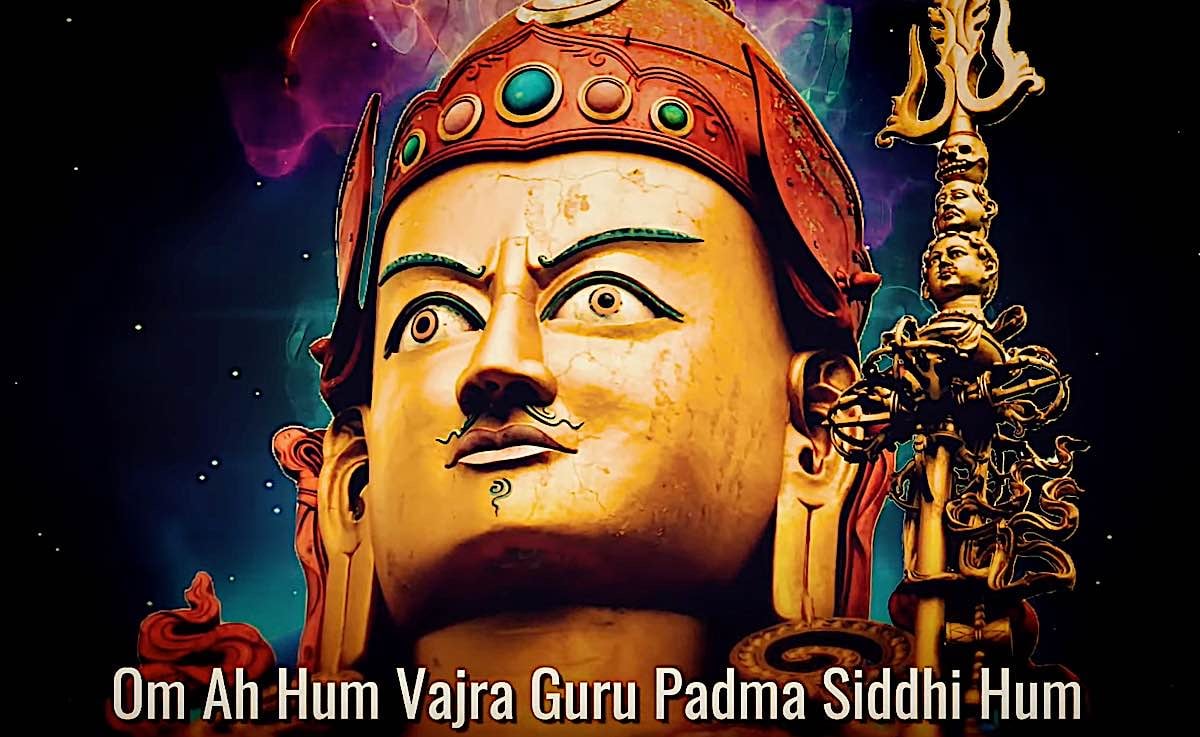 A scene from Buddha Weekly’s popular Guru Rinpoche mantra video.
A scene from Buddha Weekly’s popular Guru Rinpoche mantra video.
Lady Tsogyal asked for clarification on the essential meaning of Taking Refuge, to which Guru Rinpoche replied:
“The essential meaning of taking refuge is to accept the Buddha, Dharma, and Sangha as your teacher, path, and companions for practicing the path, and then to pledge that they are the fruition you will attain. Thus taking refuge means a pledge or acceptance. Why is such an acceptance called taking refuge? It is called taking refuge because of accepting the Buddha, Dharma, and Sangha as the support, refuge, and protector or rescuer for being freed from the great fear of the sufferings and obscurations. That is the essential meaning of taking refuge.
The definition of taking refuge is to seek protection from the terrors of the three lower realms and from the inferior view of believing in a self within the transitory collection1 as is held by non-Buddhist philosophers.
When divided, there are the three types: the outer way of taking refuge, the inner way of taking refuge, and the secret way of taking refuge.”
Guru Rinpoche’s mantra, beautifully chanted with visualized images:
Outer Refuge
Regarding the Outer Refuge, Guru Rinpoche taught:
“The cause of wanting to take refuge is fear of the miseries of samsara, trusting in the Three Jewels as the place of refuge, and, moreover, accepting the Three Jewels to be the objects of refuge and the protectors of refuge. Through these three you give rise to the intention of taking refuge. In general, one wants to take refuge due to fear of death. There are many people who do not even notice that half of their life has passed and who do not think of their future lives for even an instant. They have no refuge. If you were not going to die or if you were certain of a human rebirth, you would not need to take refuge. However, after dying and transmigrating, there are the overwhelming miseries of the lower realms.
In what object does one take refuge? You should take refuge in the Three Jewels. Who can bring an end to birth and death? It is exclusively the omniscient Buddha who is free from all defects and who has perfected all virtues. Therefore, only the Dharma he has taught and the sangha who uphold his doctrine are able to bring an end to the cycle of birth and death of self and others. Since these are the sole objects of refuge, you should take refuge in them.
With what particular attitude does one take refuge? You should take refuge with a sense of responsibility for the welfare of others. You should take refuge with this attitude, as you will not attain the true and complete enlightenment simply by renouncing samsara and desiring the result of nirvana. In order to free all sentient beings from the miseries of samsara, I will take refuge until I and all the sentient beings of the three realms have achieved supreme enlightenment!” [4]
According to Guru Rinpoche, our Refuge is damaged or destroyed if we engage in killing, damaging, hurting others, and so on.
A short documentary on Guru Rinpoche:
All Dharma practices are included in Taking Refuge
The glorious Padmasambhava also taught:
“All Dharma practice is included within taking refuge. People with wrong views do not have this understanding.” [5]
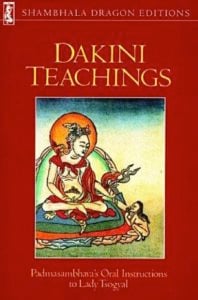 Dakini Teachings, found here on Amazon (affiliate link)>>
Dakini Teachings, found here on Amazon (affiliate link)>>
NOTES
[1] Padmasambhava Guru Rinpoche. Dakini Teachings (p. 10). Rangjung Yeshe Publications. Kindle Edition.
[2] Padmasambhava Guru Rinpoche. Dakini Teachings (pp. 10-11). Rangjung Yeshe Publications. Kindle Edition.
[3] Padmasambhava Guru Rinpoche. Dakini Teachings (p. 11). Rangjung Yeshe Publications. Kindle Edition.
[4] Padmasambhava Guru Rinpoche. Dakini Teachings (p. 11-12). Rangjung Yeshe Publications. Kindle Edition.
[5] Padmasambhava Guru Rinpoche. Dakini Teachings (p. 13). Rangjung Yeshe Publications. Kindle Edition.

 Lynk
Lynk 








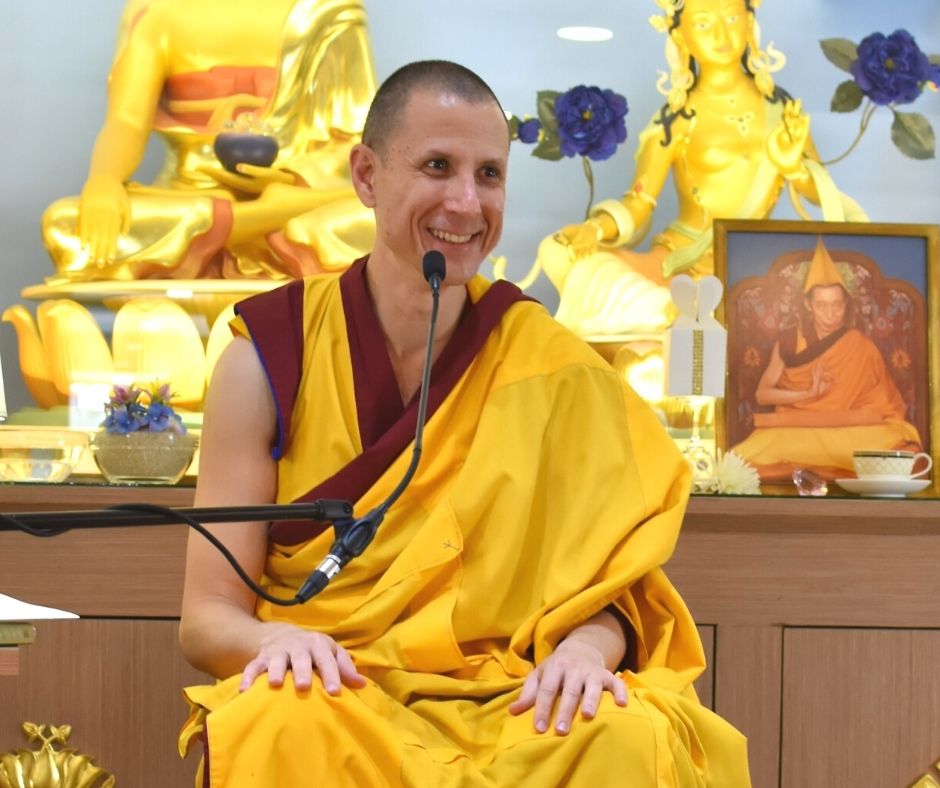

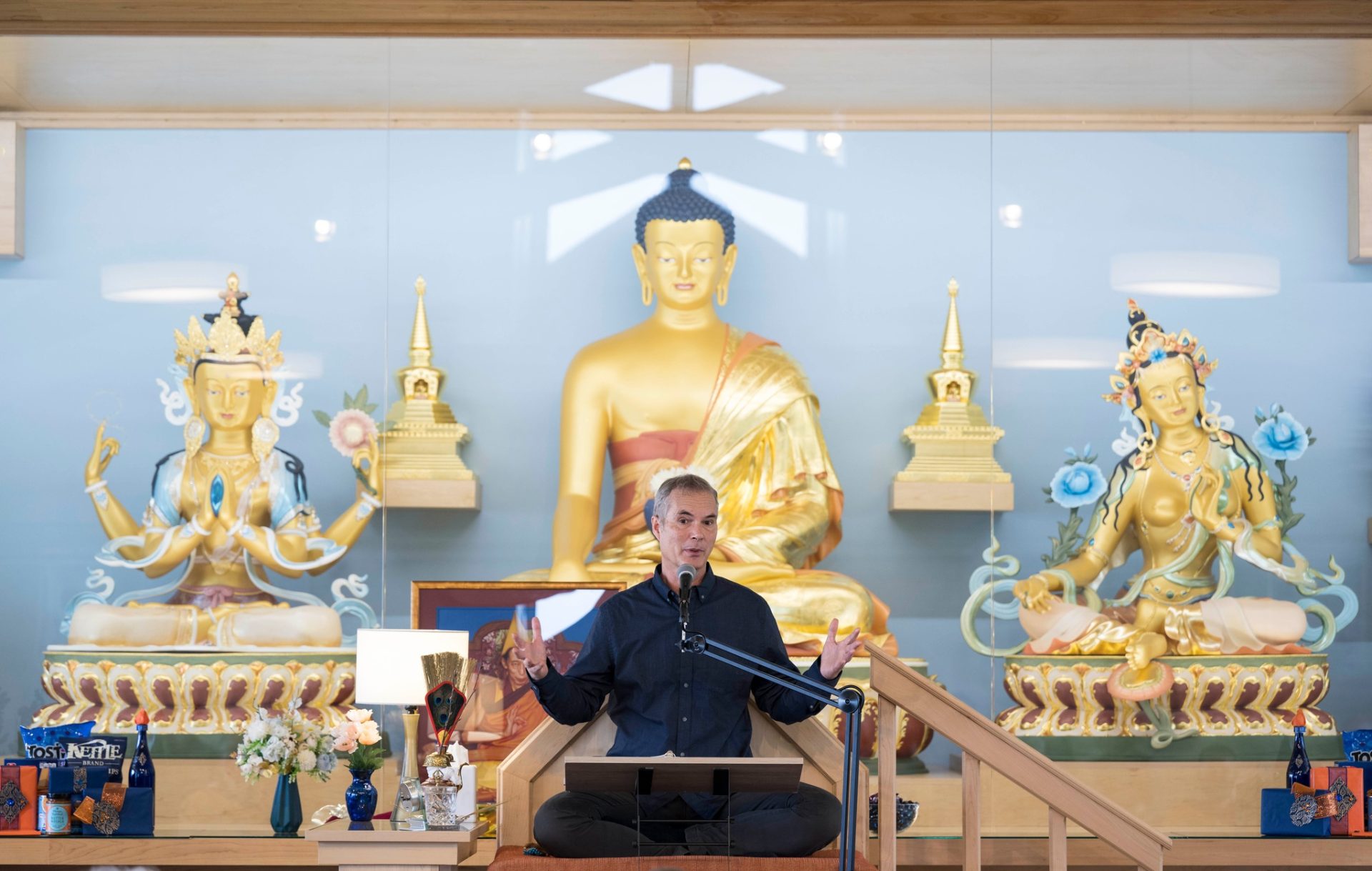
















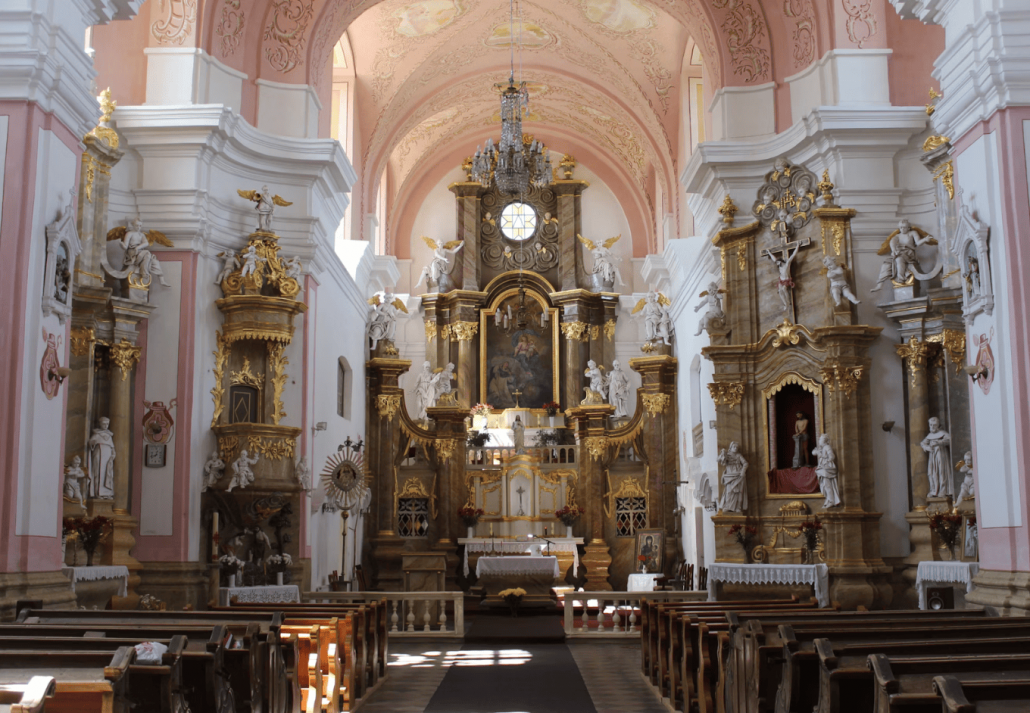
.jpg&h=630&w=1200&q=100&v=154b70b92d&c=1)



